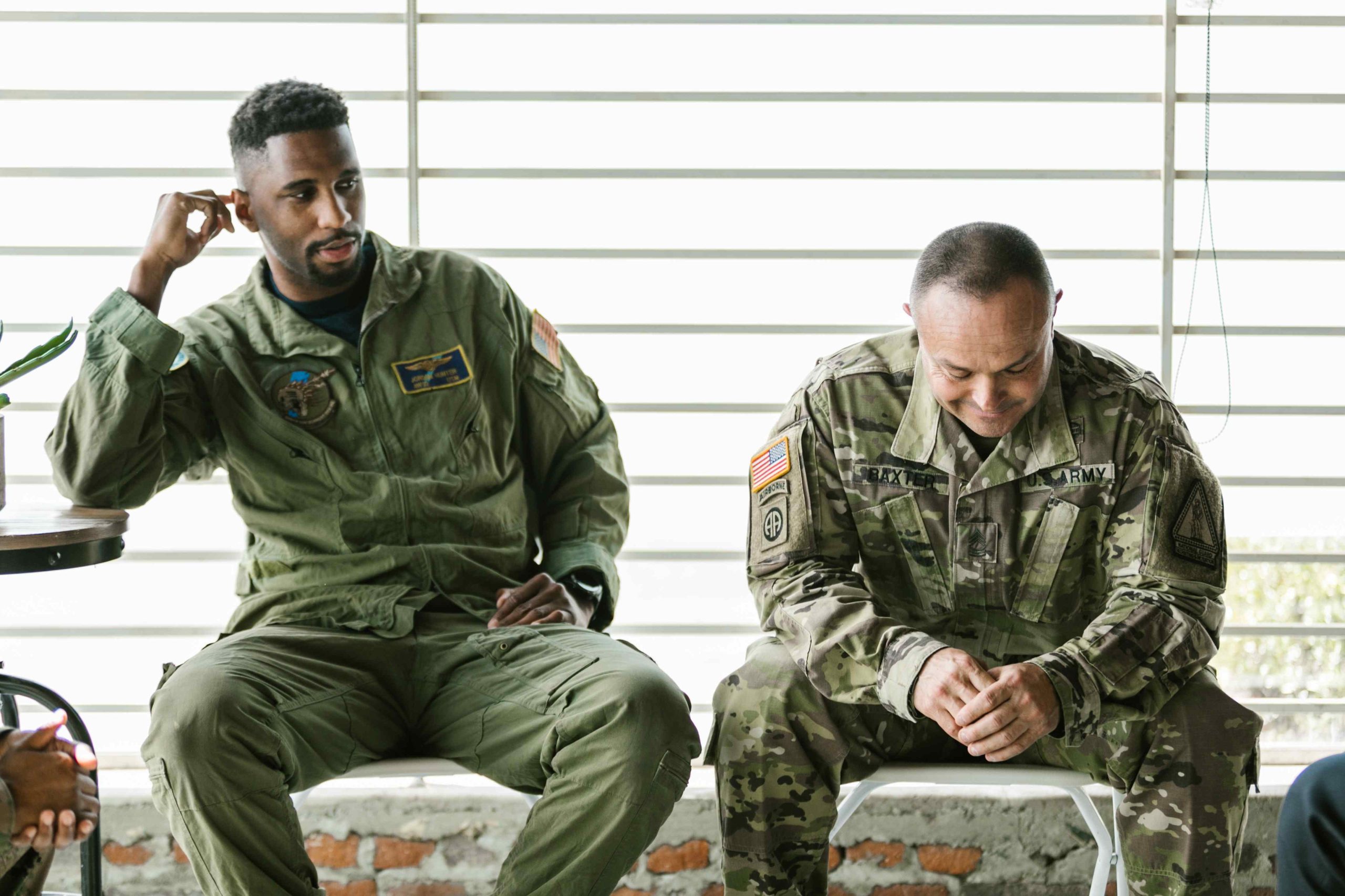
Identifying PTSD in Military Veterans: Recognizing the Unique Challenges and Seeking Support
Military veterans often face unique challenges during and after their service, and one of the most significant mental health issues they may encounter is post-traumatic stress disorder (PTSD). PTSD can have a profound impact on veterans’ lives, affecting their relationships, work, and overall well-being. In this article, we will explore the importance of identifying PTSD in military veterans, the unique challenges they face, and the crucial role of seeking support.
Understanding PTSD in Military Veterans:
PTSD is a mental health condition that can develop after experiencing or witnessing a traumatic event. For military veterans, the traumas they encounter during their service, such as combat exposure, witnessing casualties, or being in life-threatening situations, can contribute to the development of PTSD. It is estimated that around 15% to 30% of veterans experience PTSD at some point in their lives.
Unique Challenges Faced by Military Veterans:
Combat Exposure: Veterans often face prolonged and intense exposure to traumatic events, leading to a higher risk of developing PTSD. The horrors and stress of combat can leave lasting psychological scars that may manifest as intrusive memories, nightmares, hypervigilance, and emotional distress.
Multiple Deployments: Many veterans have experienced multiple deployments, increasing their exposure to trauma and exacerbating the risk of developing PTSD. Repeated exposure to high-stress environments can take a toll on their mental well-being and make it more challenging to recover from traumatic experiences.
Reintegration into Civilian Life: Transitioning from military to civilian life can be a significant adjustment for veterans. They may struggle with feelings of disconnection, loss of identity, and challenges in adapting to a different lifestyle. These difficulties can intensify the symptoms of PTSD and make it harder to seek and accept help.
Stigma and Misunderstanding: Despite increased awareness of mental health issues, stigma surrounding mental health can still persist, particularly in military culture. Veterans may fear judgment or repercussions, which can prevent them from seeking the support they need. Additionally, the unique experiences of military service may be challenging for civilians to understand fully, making it crucial for veterans to find understanding and empathy within their communities.
Recognizing the Signs of PTSD in Veterans:
Identifying PTSD in military veterans can be challenging, as symptoms may vary and sometimes overlap with other conditions. However, recognizing the signs is vital for timely intervention. Some common symptoms include:
Intrusive Memories: Recurrent distressing memories, flashbacks, or nightmares related to the traumatic events experienced during military service.
Emotional Distress: Intense feelings of anxiety, irritability, anger, guilt, or shame that persist long after the traumatic event has occurred.
Avoidance Behavior: Avoiding places, activities, or people that remind the veteran of the traumatic event, including isolating oneself from loved ones and social activities.
Hyperarousal: Being easily startled, having difficulty concentrating, experiencing sleep disturbances, and constantly feeling on edge or hypervigilant.
Changes in Mood and Relationships: Veterans with PTSD may exhibit significant changes in mood, ranging from depression and sadness to emotional numbness. They may also have difficulties maintaining healthy relationships, experiencing challenges with trust and intimacy.
Seeking Support and Treatment:
It is essential for veterans experiencing symptoms of PTSD to seek support and treatment. Here are some avenues for assistance:
Veterans Affairs (VA): The VA offers a range of services specifically tailored to veterans, including mental health care, counseling, and support groups. Veterans can reach out to their local VA medical center or Vet Center to access these resources.
Mental Health Professionals: Seeking therapy or counseling from mental health professionals who specialize in trauma and PTSD can be highly beneficial. Evidence-based treatments like cognitive-behavioral therapy (CBT) and eye movement desensitization and reprocessing (EMDR) have proven effective in treating PTSD.
Support Networks: Connecting with fellow veterans or support groups can provide a sense of camaraderie, understanding, and validation. Many organizations and online communities exist to support veterans with PTSD.
Family and Friends: Openly discussing one’s experiences with trusted family members and friends can help create a support system that fosters understanding and empathy.
Self-Care: Encouraging self-care practices, such as regular exercise, engaging in hobbies, practicing mindfulness and relaxation techniques, and maintaining a healthy lifestyle, can contribute to overall well-being and symptom management.
Conclusion:
Recognizing the unique challenges faced by military veterans in identifying and seeking support for PTSD is crucial. By understanding the symptoms and effects of PTSD in veterans, we can provide the necessary support and resources to help them heal and regain a sense of well-being. It is our responsibility as a society to ensure that veterans receive the care and understanding they deserve as they navigate their journey towards recovery and resilience.



